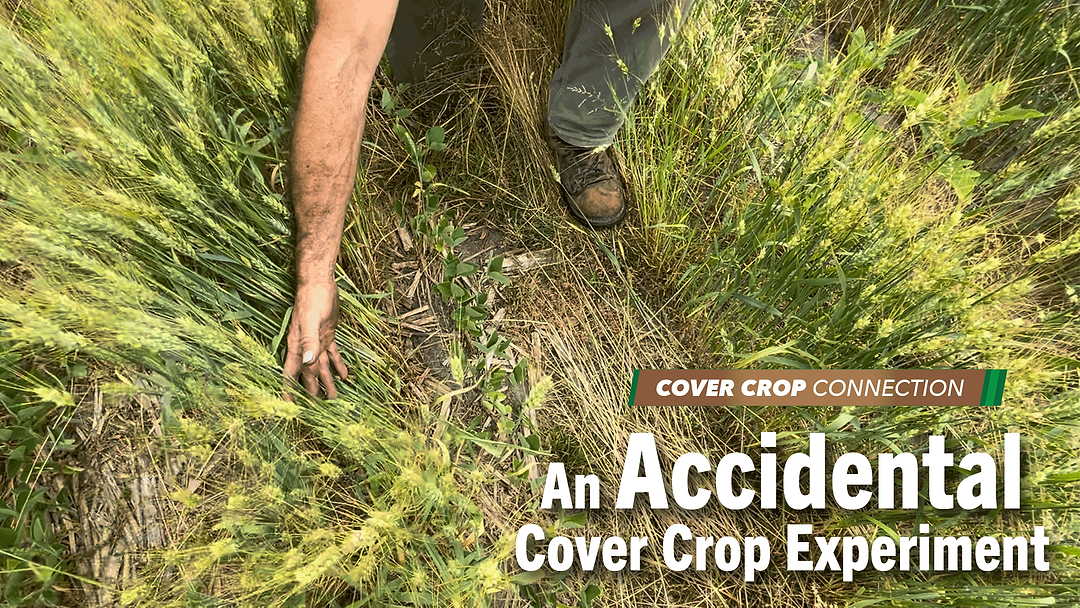Georgetown, Del., no-tiller Jay Baxter was planning on conducting a cover crop experiment with oats, but when Mother Nature got in the way, he quickly pivoted to another idea for a different type of cover crop experiment.
“We configured an actual corn planter to plant wheat with to get it on 30-inch centers in a twin row. That way we can get the soybeans growing in between it in the spring. We come in and we plant our winter wheat in the fall. It got late on us, and so we stopped, and then it got extremely wet, and so that turned into well, why don’t we do an experiment and let’s grow some oats — which we knew we could plant spring oats on the rest of the field. So that back corner was left fallow for the winter with the intention of coming back. But it seemed like every 3 weeks we’d get 6 inches of rain. And it was — long story short — we never finished the experiment, so now we’ve got full season soybeans planted in 30-inch rows and soybeans planted in intercrop wheat in 30-inch rows, and they were planted within a day of each other. So, that’s enough of an experiment in and of itself. Anything can turn into an experiment if you try hard enough.”
“So there’s our soybeans. They’re kind of thirsty for some water. But research shows us if we keep the soybean plant under stress until it starts to go into its reproductive mode, then it tends to put on more yield and so we are intentionally not running this irrigation. But you look at this and it’s hard to turn your back on a withered up soybean plant.”
Baxter says the current weather of 85 degrees and 95% humidity might be a little too extreme, and it might be necessary to run irrigation just to keep the soybeans alive if rain doesn’t come in the next day or two. That’s all for this week’s cover crop connection. Until next time, back to you Noah.






Post a comment
Report Abusive Comment